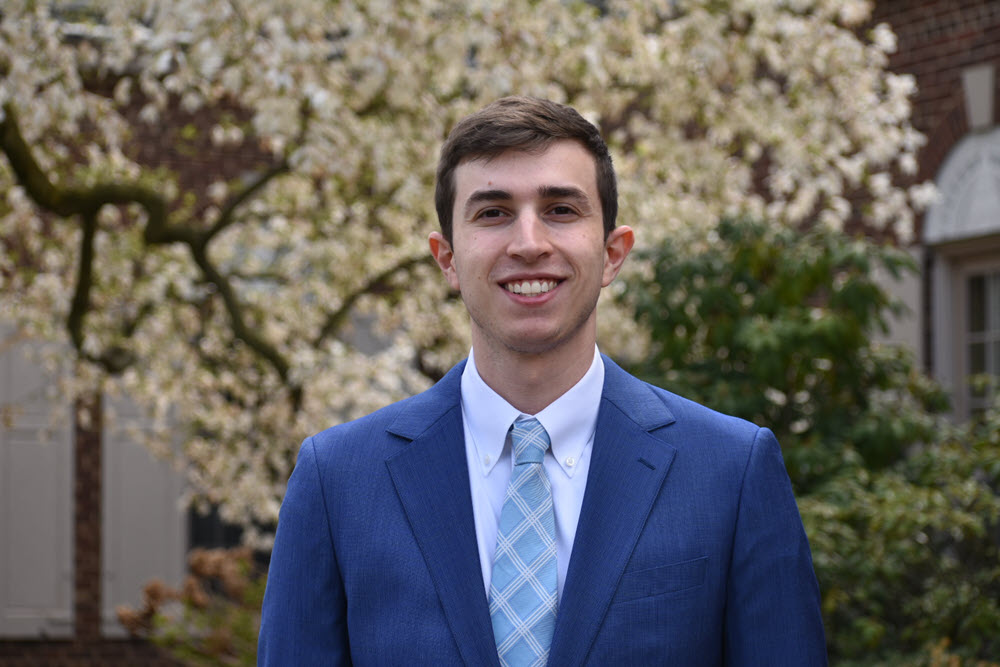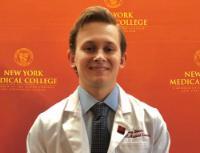Research Shows Successful Testicular Salvage Following Testicular Torsion Longer than Previously Thought
Research by NYMC Faculty and Students May Help Rewrite the Guidelines of Clinical Practice

Testicular torsion is one of the most common pediatric urologic emergencies, accounting for 10 to 15 percent of acute scrotal disease in males under the age of 18 years. Traditionally, surgeons have used a six-hour window to determine whether a testicle can be successfully salvaged. However, new research by NYMC students and faculty has found that the time window may be much longer for surgical testicular salvage (orchidopexy).
“Current literature regarding testicular torsion continues to reference a six-hour ‘golden rule’ of symptom duration for testicular salvage,” says Yuval Elkun, SOM Class of 2022 and lead author on the research study (pictured at right). “Patients presenting to the emergency department (ED) within the six-hour window have a high chance of orchidopexy while patients presenting after the six-hour window likely have a necrotic testicle requiring removal (i.e. orchiectomy). However, our study found that the window of opportunity for a testicular salvage rate of more than 90 percent following testicular torsion extends far beyond the currently accepted six hours—even up to 24 hours.”
 |
Additional authors on the study include Henry Dumke, SOM Class of 2022; Jason Elyaguov, M.D., urology resident; Miriam Harel, M.D., clinical assistant professor of urology; Lori Dyer, M.D. assistant professor of urology; Richard Schlussel, M.D., clinical assistant professor of urology; Paul Zelkovic, M.D., clinical assistant professor of urology; and John Phillips, M.D., professor of urology.
“Our study found that no time limit of duration of symptoms prior to presentation in the ED was a useful cutoff to predict orchiectomy, that age was an independent predictor of testicular salvage with older patients having higher rates of salvage and that there was no significant difference in the rates of orchiectomy in patients seen primarily in our ED versus transferred to our ED,” said Mr. Elkun. “Based on our research, we believe that no pediatric patient should be excluded from an attempt at testicular salvage in the operating room, regardless of the amount of time that has elapsed prior to presentation.”
“Medicine is a uniquely dynamic field which requires perpetual learning,” said Mr. Dumke (pictured above left). “Research is at the heart of this dynamism, spurring forward scientific advancement. It is educational in both the results, which can rewrite the guidelines of clinical practice, as well as in the process, which can bring along new members of the scientific and medical world like Yuval and myself.”
